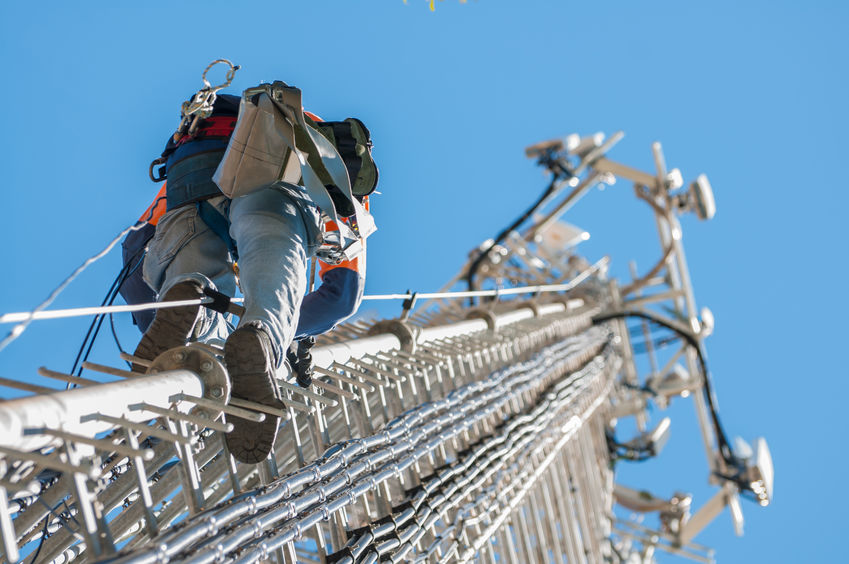
Workplaces can be dangerous.
When it comes to accidents at work, there is an almost endless number of ways you can get injured. But there’s one type of accident in particular that can cause major injuries, from life-changing to fatalities.
A fall from height is the biggest killer in the workplace. In 2018/19, the Health and Safety Executive (HSE) found that 40 people lost their lives at work after a fall from a height.
The World Health Organization has also found that falls are the second leading cause of accidental injury deaths globally.
The most dangerous industries
Falls from height are more common in certain industries. You’re far less likely to suffer such an accident if you work in an office than if you work on construction sites, for example. However, regardless of industry, you will likely find that a fall from height causes more damage than another type of accident.
The most dangerous industries in the UK in terms of fatalities is agriculture, forestry and fishing. This sector saw 32 deaths in 2018/19. Construction saw the second highest number of deaths, at 30, while manufacturing saw 26.
Since places of work involving heights are common within these industries, it is unsurprising that such a high number of fatalities was seen. It is expected that employees within these sectors will work on ladders, scaffolding, roofs, machinery, platforms and racking, among other heights.
Risk factors
If you work outside, the weather could then have an impact on the chances that you might suffer a fall. Workers are more likely to suffer a fall when it’s wet or icy than if it’s dry outside. So that makes it essential that employers whose workers spend the majority of their time outdoors ensure they have appropriate health and safety policies in place. If you’re worried about your company’s health and safety policies, it’s important to raise your concerns.
Are you more likely to have an injury than someone else? Your attitude may come into play here. You might find that you’re carrying out the same safety precautions and wearing the same gear than colleagues, but if you’re complacent about your safety, you might find that you’re more likely than your co-workers to fall.
The impact of distance
Distance is one of the key factors affecting how dangerous a fall from height will be. If you fall from a distance of just over a foot, you might sprain a wrist or suffer a cut. Falling from 48 feet – or four stories – however, could see your life end. According to reference book Trauma Anesthesia, that’s the median distance for a fall to be fatal. When that increases to seven stories in height, 90% of falls are fatal.
There have been reports of miraculous survivals, such as the flight attendant who survived a 33,333-foot fall when the plane she was in exploded. Vesna Vulović suffered temporary paralysis from the waist down, but the only lasting health issue she suffered from was a limp.
But stories like these are exceptionally rare. It is far more common that someone falling from a significant distance will suffer a catastrophic injury. Imperial College London professor of surgery Sean Hughes told the Guardian that the majority of people who fall from a height die after fracturing their spine at the top, therefore cutting right across the aorta.
Although most workplace accidents can be prevented, working at a height has its own risks. These can be negotiated, but there will always be danger associated with heights. It will always pay to abandon complacency and to take the situation seriously.
Image copyright: chichimaru.